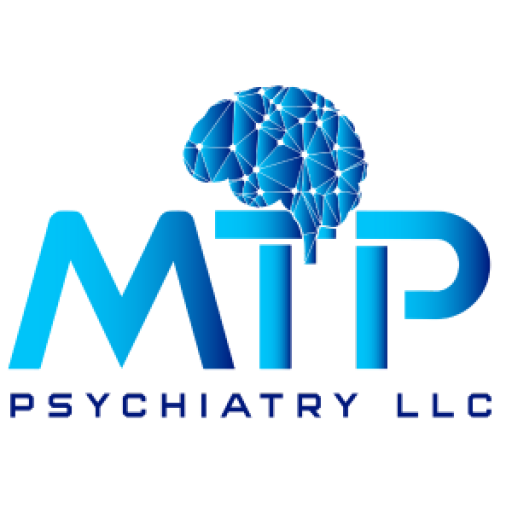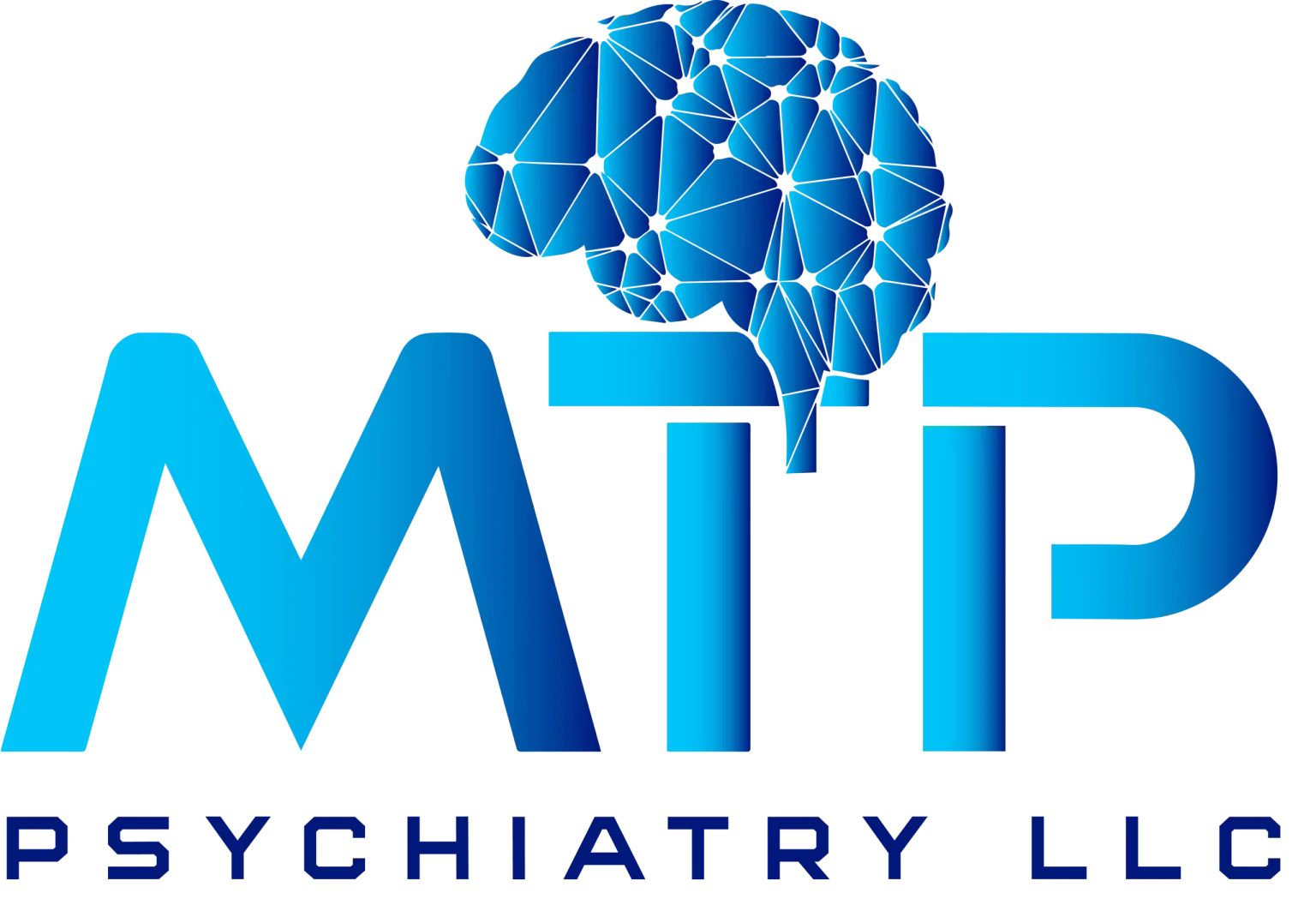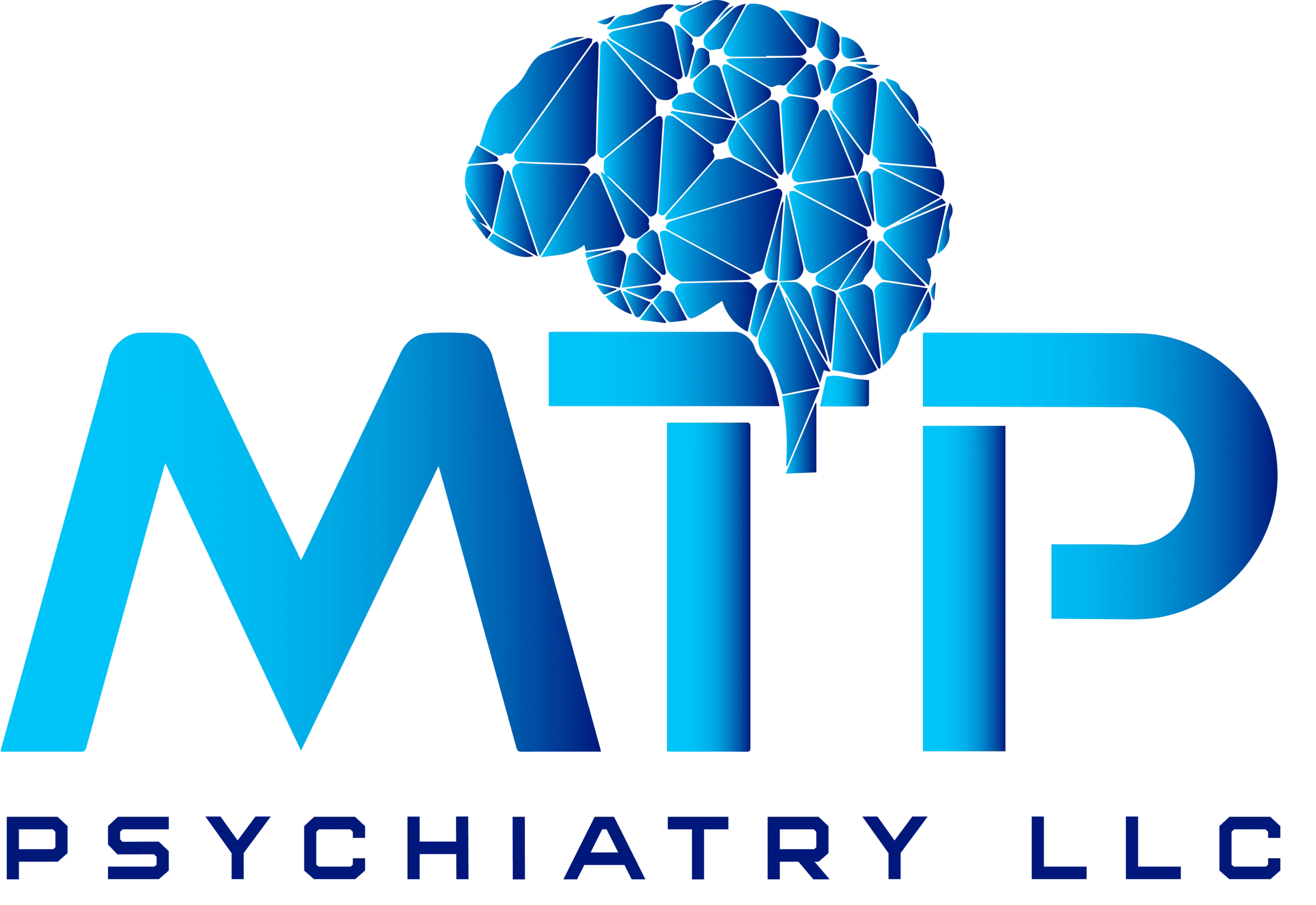Introduction
Mental health disorders impact millions of people globally, and family practitioners are often the first point of contact for individuals seeking care. With up to 75% of primary care patients presenting with behavioral or emotional symptoms, family practitioners must adopt a holistic and comprehensive and holistic approach. This blog explores diagnostic tools, treatment strategies, and integrative care models that effectively help manage mental health disorders in family practice.
1. Recognizing the Importance of Mental Health in Family Practice

Prevalence of Mental Health Disorders
Mental health conditions like anxiety, depression, and substance use disorders are prevalent in primary care settings. These conditions often manifest as:
- Chronic pain
- Fatigue
- Gastrointestinal issues
Family practitioners play a pivotal role in the early identification of these symptoms as delays in addressing mental health issues can lead to worsening conditions and decreased quality of life for patients.
Key Actions for Family Practitioners
- Screening Tools: Regularly administer tools like the PHQ-9 (for depression) and GAD-7 (for anxiety) as part of routine care.
- Observation: Pay attention to non-verbal cues and physical symptoms that may indicate underlying mental health concerns.
- Early Intervention: Promptly address such concerns to prevent the development of chronic mental health conditions.
2. Common Mental Health Disorders in Family Practice
Depression
- Diagnosis: Persistent low mood, loss of interest in activities, sleep disturbances, and fatigue.
- Symptoms: Feelings of hopelessness, guilt, difficulty concentrating, and thoughts of self-harm.
- Treatment: Cognitive Behavioral Therapy (CBT), SSRIs, and lifestyle modifications.
Anxiety Disorders
- Diagnosis: Excessive worry or fear that interferes with daily life, often accompanied by restlessness or muscle tension.
- Symptoms: Irritability, fatigue, difficulty sleeping, and trouble concentrating.
- Treatment: Cognitive Behavioral Therapy (CBT), SSRIs, and mindfulness-based stress reduction techniques.

Bipolar Disorder
- Diagnosis: Alternating periods of mania (elevated mood, high energy, impulsivity) and depression.
- Symptoms: Mania includes rapid speech and elevated mood; depression mirrors symptoms of Major Depressive Disorder (MDD).
- Treatment: Mood stabilizers (e.g., lithium), antipsychotic medications, and psychoeducation.
ADHD (Attention-Deficit/Hyperactivity Disorder)
- Diagnosis: A neurodevelopmental disorder characterized by persistent patterns of inattention, hyperactivity, and impulsivity.
- Symptoms: Difficulty focusing, forgetfulness, impulsive behavior, excessive activity or restlessness, difficulty organizing tasks.
- Treatment: Behavioral therapy, stimulant medications (like methylphenidate or amphetamines), non-stimulant medications (like atomoxetine), and psychoeducation.

OCD (Obsessive-Compulsive Disorder)
- Diagnosis: An anxiety disorder marked by unwanted, intrusive thoughts (obsessions) and repetitive behaviors or mental acts (compulsions) aimed at reducing anxiety.
- Symptoms: Obsessions (e.g., fears of contamination, harm) and compulsions (e.g., washing, checking, counting) that interfere with daily life.
- Treatment: Cognitive-behavioral therapy (CBT) with exposure and response prevention (ERP), SSRIs (like fluoxetine or sertraline), and sometimes medications like clomipramine (a tricyclic antidepressant) for severe cases.
Substance Use Disorders
- Diagnosis: Persistent use of substances despite adverse consequences.
- Symptoms: Cravings, tolerance, and withdrawal symptoms.
- Treatment: Medication-assisted treatment (e.g., naltrexone), CBT, and 12-step programs.
Eating Disorders
- Diagnosis: Disordered eating patterns driven by body image concerns.
- Symptoms: Restrictive eating (anorexia) or binge-purge cycles (bulimia).
- Treatment: Nutritional counseling, CBT, and SSRIs.
Schizophrenia
- Diagnosis: Disruption in thought processes and perception, often leading to psychosis.
- Symptoms: Hallucinations, delusions, and disorganized thinking.
- Treatment: Antipsychotics and social skills training.
3. Diagnostic Tools and Strategies
Key Steps in Diagnosis
- Comprehensive History: Gather all the possible details about the patient’s medical, psychological, and family history.
- Screening Tools:
- PHQ-9: for depression screening
- GAD-7: for anxiety assessment
- AUDIT: to evaluate alcohol use
- Differential Diagnosis: Rule out physical conditions like thyroid dysfunction that may mimic mental health symptoms.
- DSM-5 Criteria: Base the given diagnosis on standardized guidelines.
4. Integrating Behavioral Health into Primary Care
Benefits of Integration
- Reduced Stigma: Integrating mental health care into primary care settings encourages patients to feel more comfortable discussing mental health concerns.
- Improved Chronic Disease Management: Addressing mental health improves patient adherence to treatment plans for comorbid conditions like diabetes and hypertension.
- Streamlined Care: Behavioral and physical health should be managed under one roof, ensuring comprehensive patient care.
Steps to Implement Integration
- Embed behavioral health specialists within the primary care teams.
- Train staff in mental health screening and early intervention techniques.
- Utilize shared electronic health records for seamless communication among team members.

5. Overcoming Barriers to Mental Health Care
Challenges
- Stigma: Patients may fear judgment when discussing mental health issues.
- Resource Constraints: Lack of mental health specialists and long waiting times.
- Time Limitations: Family practitioners often work under tight schedules, limiting their time to mental health concerns.
Solutions
- Telehealth: Use telehealth services to provide broader access to care.
- Community Collaboration: Collaborate with community organizations to provide additional mental health resources.
- Ongoing Training: Participate in workshops and certifications to enhance competence in managing mental health conditions.
6. Practical Tools for Family Practitioners
- Motivational Interviewing: Help patients identify, address obstacles, and set realistic goals.
- Behavioral Activation: Encourage patients to engage in rewarding activities to combat depressive symptoms.
- Medication Management: Start first-line medications (e.g., SSRIs) and refer more complex cases to specialists.
7. Treatment Options in Primary Care

Psychotherapy
- Cognitive Behavioral Therapy (CBT): Effective for treating depression, anxiety, and PTSD. CBT teaches practical coping strategies and emphasizes problem-solving, enabling patients to manage their symptoms in the long term.
- Family Therapy: Enhances communication and strengthens support systems. Family Therapy can enhance the patient’s recovery process by creating a supportive environment and ensuring that family members are active participants in treatment.
Medications
- SSRIs: First-line treatment for depression and anxiety.
- Mood Stabilizers: For managing manic and depressive episodes in bipolar disorder.
- Anxiolytics: Short-term use for acute anxiety symptoms.
Lifestyle Interventions
- Exercise and Physical Activity: Encouraging patients to integrate daily or weekly exercise into their routine can significantly improve their mental and physical health.
- Mindfulness and Relaxation Techniques: Practices like mindfulness meditation, deep breathing, and progressive muscle relaxation help reduce stress and improve emotional regulation. By incorporating these techniques, patients can manage symptoms of anxiety and depression more effectively, promoting a greater sense of well-being.
- Healthy Nutrition: Family practitioners should encourage patients to avoid excessive sugar, caffeine, and processed foods, as these can contribute to mood swings and exacerbate mental health symptoms.
- Sleep Hygiene: Educating patients about proper sleep hygiene, such as maintaining a consistent sleep schedule, reducing screen time before bed, and creating a restful sleep environment, can help improve mood, energy levels, and cognitive function.
8. Developing a Patient-Centered Approach
- Active Listening: Build trust by showing empathy and understanding.
- Shared Decision-Making: Collaborate with patients to create treatment plans that align with their values.
- Consistent Follow-Ups: Monitor patient progress and adjust treatments as necessary.
9. Leveraging Technology and Digital Resources
- Mood Tracking Apps: Empower patients to track and analyze their symptoms.
- Telepsychiatry Platforms: Expand access to mental health services via remote consultations.
- Evidence-Based Guidelines: Use resources like the DSM-5 to ensure informed decision-making.

10. Understanding the Role of Family and Community
- Involve Family: Encourage family participation in the treatment process to create a strong support system.
- Educational Resources: Provide patients with information to reduce stigma and empower them to seek help.
- Community Programs: Leverage local resources for additional mental health services and support.
11. Addressing Emergency Mental Health Situations
- Recognize Warning Signs: Be vigilant for signs of suicidal ideation or self-harm.
- Immediate Intervention: Provide urgent care and referrals to crisis services.
- Crisis Resources: Share helpline numbers and resources to ensure patients have access to emergency support.
12. Continuing Education for Family Practitioners
- Attend Mental Health Workshops and Conferences: Family practitioners should seek out workshops, seminars, and conferences focused on mental health care to stay up-to-date with the latest evidence-based practices, emerging treatments, and innovations in behavioral health.
- Obtain Certifications in Behavioral Health: Obtaining certifications in areas like Cognitive Behavioral Therapy, Motivational Interviewing, or behavioral health integration can expand a family practitioner’s skill set, enabling them to provide more specialized care to patients with mental health disorders.
- Engage in Peer Discussions: Participating in peer discussions, either in formal settings like case study reviews or informal conversations with colleagues, allows family practitioners to share experiences, learn from others, and gain insights into best practices for managing mental health in primary care. These interactions can be a valuable tool in improving overall clinical skills.
Conclusion
Family practitioners are pivotal in managing mental health disorders, providing the first line of care for patients in need. By integrating behavioral health into primary care, utilizing effective diagnostic tools, and adopting a patient-centered approach, family practitioners can significantly improve mental health outcomes. A holistic mental health approach to mental health care not only enhances patient well-being but also contributes to healthier communities.
Frequently Asked Questions (FAQs)
Q1: What are the most common mental health disorders in family practice?
A1: Anxiety disorders, depression, bipolar disorder, schizophrenia, substance use disorders, and eating disorders are frequently encountered.
Q2: What tools can help diagnose mental health conditions?
A2: Tools like the PHQ-9, GAD-7, and DSM-5 criteria are essential for accurate diagnosis.
Q3: What is the role of family practitioners in mental health care?
A3: Family practitioners are responsible for early detection, initiating treatment, and coordinating care for mental health conditions.
Q4: How can technology assist in mental health management?
A4: Technology can provide remote therapy via telepsychiatry, allow symptom tracking through apps, and give access to evidence-based guidelines for informed care decisions.
Q5: What are the first-line treatments for depression and anxiety?
A5: SSRIs and psychotherapy (particularly CBT) are the most effective first-line treatments.


